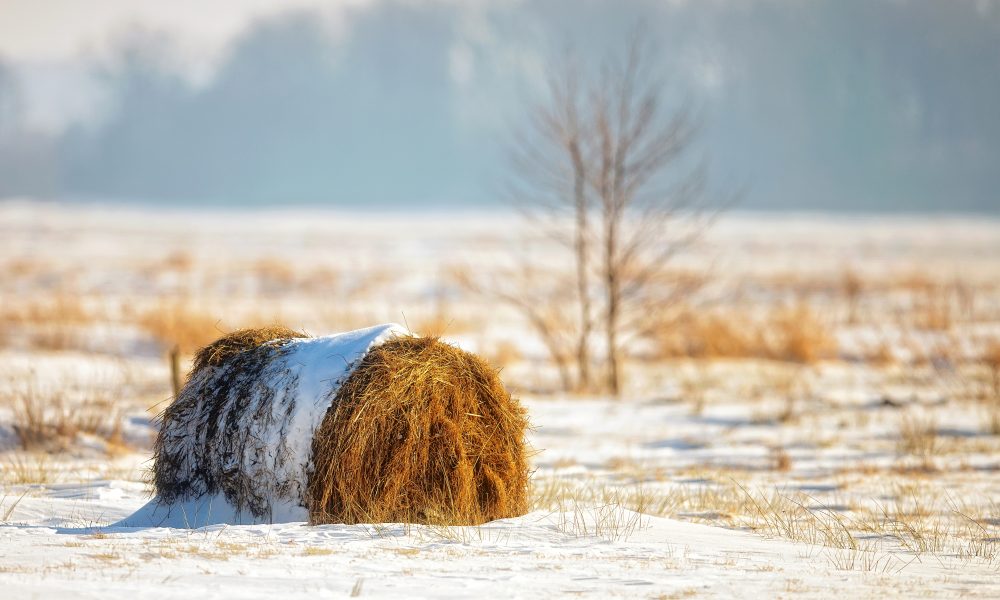What is Farmer’s Lung?
Farmer’s lung is a condition that is caused by an allergic reaction to the mold that is found in certain crops. While the farmers are prone to expose themselves to dust from hay, corn, grass, grain, and tobacco, they are more likely to inhale them in higher concentrations. But, this doesn’t mean that every farmer will get this condition – only the people who have an allergy to these components will suffer from this disease. Source: http://emedicine.medscape.com/article/298811-overview#a5
What happens in this disease?
This condition is known by several other names such as extrinsic allergic alveolitis, hypersensitivity pneumonitis, and hypersensitivity alveolitis. These names resemble the disease process and how it affects the lungs of the affected. Once the dust particles are inhaled and they reach the lungs, if susceptible, the body reacts to it in the form of an allergy. Inflammation begins as a reaction and the lungs start to swell and irritate manifesting many symptoms and signs. When the lung is affected by these allergic reactions, it loses its ability to function efficiently. The capacity of oxygen-carbon dioxide exchange reduces, affecting all the systems of the body.
What are the symptoms of this condition?
Farmer’s lung may cause three types of allergic reactions.
1. Acute attack – This is an intense reaction that takes place within 4-8 hours after exposing to mold, and the symptoms may include:
- Dry irritating cough
- Fever and chills
- Rapid breathing
- Rapid heart rate
- Shortness of breath
- Feeling of being sick
2. Sub-acute attack – The intensity is less than in an acute attack and develops slowly. These allergic attacks may manifest as:
- Muscle aches
- Joint aches
- Coughing
- Mild fever and chills
- Loss of appetite
- Shortness of breath
- Weight loss
3. Chronic attack – This occurs when you suffer from repetitive acute attacks or when large amounts of moldy dust are inhaled. The lungs can get permanently damaged at this stage causing symptoms such as:
- A cough that doesn’t go away
- Depression
- Night sweats
- Occasional fever
- Gradual weight loss
- General weakness
How will the doctors diagnose it?
If you are a farmer or deal with crops and dust, the doctor will easily recognize the condition during your first conversation. But, if your background doesn’t provide strong evidence, the evidence from lab tests and imaging reports will help in diagnosing the disease. Blood tests, chest X-rays, Pulmonary function test, bronchoscopy and lung biopsy are the main diagnostic interventions used to recognize this condition.
Is there a cure?
As for now, there is no cure. But, you can surely avoid this condition by staying away from the allergens – mainly dust from the crops. Avoiding handling dust, wearing a protective mask and using blowers and filters whenever possible will be the first line preventive measures.
While the preventive measures stay on the first line, there is also certain medications your doctor will prescribe to minimize the allergic reaction. Steroids such as Prednisone, Dexamethasone, and hydrocortisone are used for this purpose. Sometimes, the doctor might prescribe oxygen therapy and bed rest to maximize the lung functions and its capacities.
Reference:
Wild, L. (2015). Farmer’s Lung: Background, Pathophysiology, Epidemiology. [online] Emedicine.medscape.com. Available at: http://emedicine.medscape.com/article/298811-overview#a5 [Accessed 8 Aug. 2017].

Leave a Reply